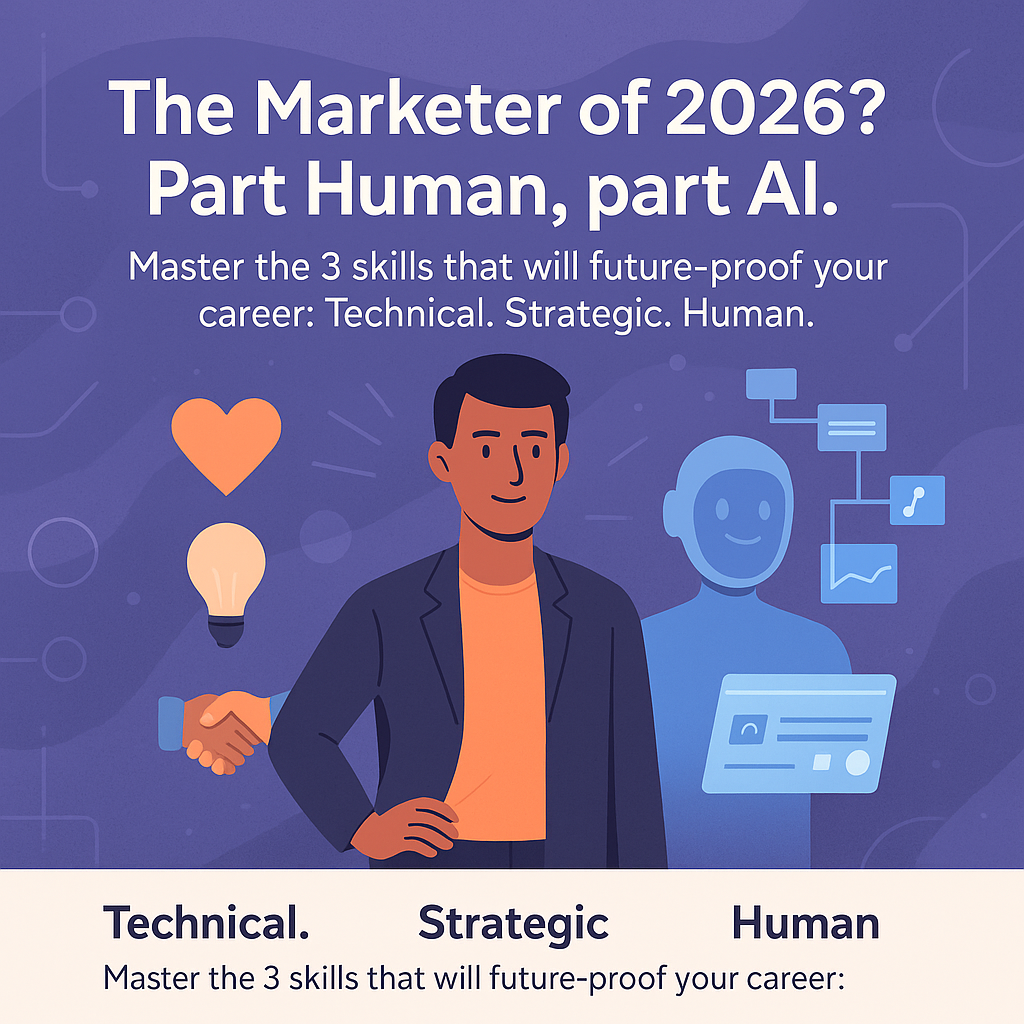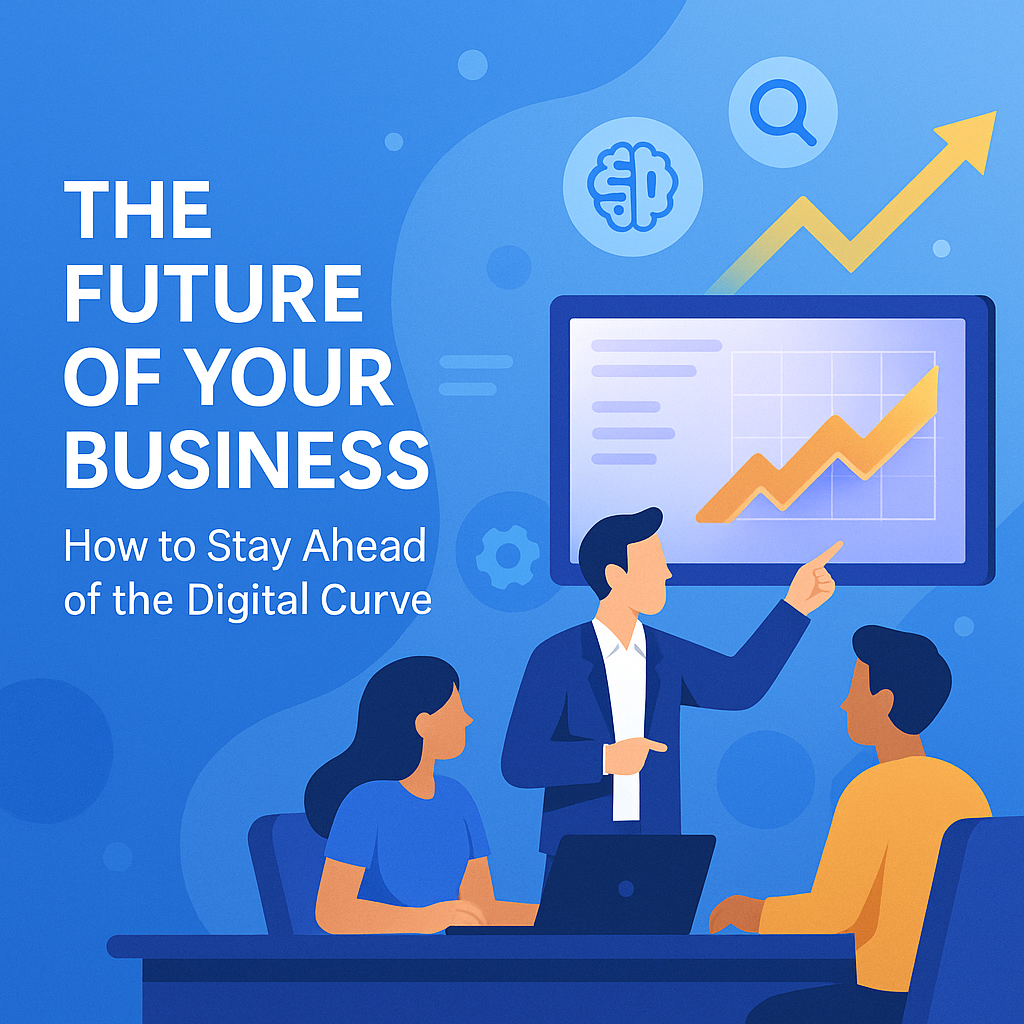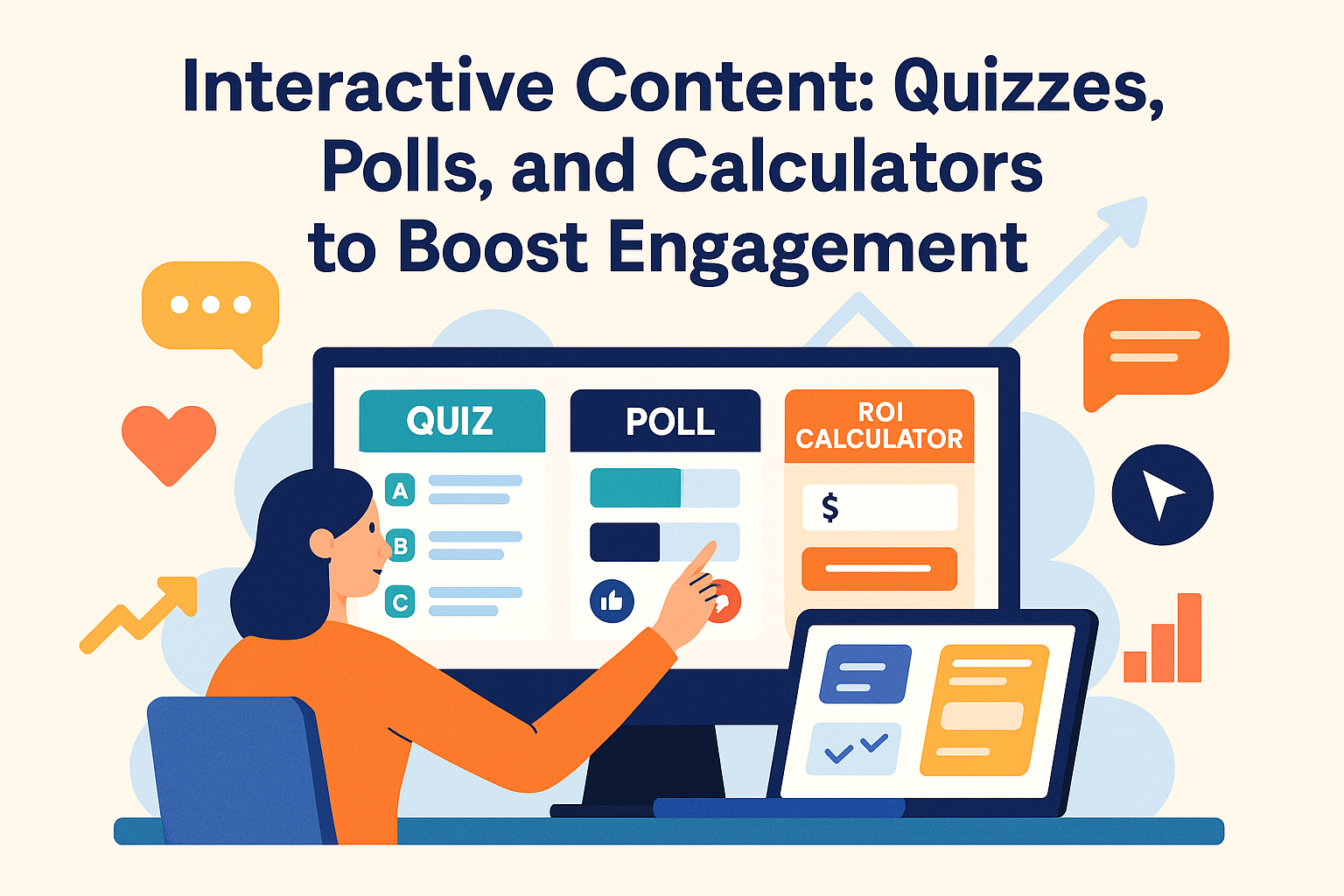Companies that leverage AI in their marketing see a 20-30% higher ROI on their campaigns. [1] But there's a catch: most marketers are struggling to prove it. Are your AI investments a powerful growth engine or just a costly experiment? In the rapidly evolving world of marketing, the adoption of Artificial Intelligence is no longer a question of if, but how. Businesses are pouring significant resources into AI-powered tools and platforms, all with the promise of smarter, faster, and more effective marketing. However, the enthusiasm for AI is often met with a sobering challenge: demonstrating a clear and quantifiable return on investment.
The traditional methods of calculating ROI, often boiling down to a simple (Revenue - Cost) / Cost formula, are fundamentally ill-equipped to capture the multifaceted impact of AI. This simplistic approach misses the significant gains in operational efficiency, the profound improvements in customer loyalty and experience, and the invaluable long-term strategic advantages that AI can provide. If you are only measuring direct revenue, you are only seeing a fraction of the picture and are likely undervaluing your most important technological investments.
This article will provide you with a data-backed, comprehensive framework for measuring the true ROI of your AI marketing initiatives. We will move beyond the limitations of traditional formulas and break down the four critical dimensions of AI value. By the end of this guide, you will have the metrics and the methodology you need to track, understand, and ultimately prove the transformative impact of AI on your bottom line.
Beyond the Basics: The Four Pillars of AI Marketing ROI
To accurately measure the return on your AI marketing investment, you need a more holistic framework. The true value of AI is not a single number but a composite of its impact across four distinct but interconnected pillars. This four-dimensional approach allows you to capture the full spectrum of benefits, from immediate financial gains to long-term strategic advantages. It provides a comprehensive narrative that justifies your investment and guides your future strategy.
Here are the four pillars that form the foundation of a modern AI ROI framework:
Pillar | What It Measures |
1. Revenue & Growth | The direct and indirect impact of AI on your top-line revenue and overall business growth. This is the most traditional and most tangible pillar, but it is only one piece of the puzzle. |
2. Efficiency & Costs | The time, money, and resources you save by automating tasks and optimizing processes with AI. This pillar represents the immediate, and often substantial, cost-saving benefits of your AI investment. |
3. Customer Experience | The effect of AI on customer satisfaction, loyalty, and lifetime value. This pillar measures the less tangible but critically important impact of AI on your most valuable asset: your customers. |
4. Strategic Value | The long-term, competitive advantages and operational improvements gained from leveraging AI. This pillar captures the forward-looking value of AI, including improved decision-making and increased market agility. |
By evaluating your AI initiatives through the lens of these four pillars, you can move from a one-dimensional view of ROI to a multi-dimensional understanding of value. This comprehensive approach is essential for making informed decisions about your AI strategy and for communicating the true impact of your marketing efforts to the wider organization.
Building Your AI ROI Dashboard: The Metrics That Matter
A framework is only as good as the data that supports it. To bring the four pillars of AI ROI to life, you need to track a specific set of Key Performance Indicators (KPIs) for each one. This section will provide you with a comprehensive dashboard of the metrics that matter, giving you the tools you need to make your AI ROI tangible and trackable.
Pillar 1: Revenue & Growth Metrics
This is where you measure the direct impact of AI on your sales and bottom line.
Incremental Revenue from AI Campaigns: This is the gold standard for measuring the revenue impact of AI. The most effective way to track this is through rigorous A/B testing. Pit your AI-driven campaigns (e.g., personalized product recommendations, AI-optimized ad copy) against your traditional, non-AI methods. The difference in revenue generated is your incremental lift from AI.
Customer Lifetime Value (CLV): Are the customers you acquire or nurture through AI more valuable in the long run? Track the CLV of customer segments that have been heavily engaged by your AI initiatives versus those who have not. An increase in CLV for AI-touched customers is a powerful indicator of long-term value.
Lead-to-Customer Conversion Rate: Your AI-powered lead scoring model is designed to identify your most promising prospects. Is it working? Track the conversion rate of leads that your AI has identified as “high-quality” and compare it to your overall conversion rate. A higher conversion rate for AI-qualified leads is a clear sign of ROI.
Pillar 2: Efficiency & Cost Metrics
This pillar focuses on the time and money you save by using AI.
Cost Per Acquisition (CPA): How much is AI reducing the cost to acquire a new customer? By using AI to optimize your ad targeting, bidding strategies, and audience segmentation, you should see a significant reduction in your CPA over time. Track this metric closely across all of your AI-driven campaigns.
Time Saved on Manual Tasks: This is one of the most immediate and tangible benefits of AI. Calculate the number of hours your team gets back each week by automating repetitive tasks like data entry, report generation, and social media scheduling. You can then translate this into a direct cost saving by multiplying the hours saved by the average hourly wage of your team members (e.g., 10 hours/week x $50/hour wage = $500/week in saved labor costs).
Campaign Launch Speed: In today’s fast-paced market, speed is a competitive advantage. How much faster can you get campaigns to market with the help of AI-powered content generation, creative optimization, and workflow automation? Measure the time it takes to launch a campaign from ideation to execution, both with and without AI assistance. The reduction in time is a measure of increased operational agility.
Pillar 3: Customer Experience Metrics
This pillar measures the impact of AI on customer satisfaction and loyalty.
Engagement Rate: Are your AI-powered personalization efforts resonating with your audience? Track key engagement metrics like email open rates, click-through rates, website session durations, and social media interactions. An increase in these metrics for AI-driven campaigns is a strong indication that you are delivering a more relevant and engaging customer experience.
Churn Rate: Are your AI-powered retention strategies actually preventing customers from leaving? Many AI platforms can identify customers who are at risk of churning. Track the churn rate of at-risk customers who have been targeted with an AI-driven retention campaign and compare it to a control group. A lower churn rate in the targeted group is a direct measure of AI’s value in customer retention.
Net Promoter Score (NPS): Are your customers more satisfied with their interactions with your brand as a result of AI? After a customer interacts with an AI-powered system, such as a chatbot for customer support or a personalized product recommendation engine, survey them to gauge their satisfaction. An improvement in your NPS score for these interactions is a clear sign that AI is enhancing the customer experience.
Pillar 4: Strategic & Operational Metrics
This pillar captures the long-term, competitive advantages gained from AI.
Forecasting Accuracy: How accurate are your AI-driven sales or demand forecasts? Compare the accuracy of your AI-powered forecasts to your previous, manual methods. More accurate forecasting leads to better inventory management, more efficient resource allocation, and improved strategic planning.
Content Production Scalability: How many more assets can you produce with the help of AI? Generative AI tools can dramatically increase your ability to create ad variations, localized content, and personalized email copy. Measure the increase in your content output and the impact it has on your ability to test, learn, and optimize your campaigns.
Competitive Benchmarking: How does your marketing performance compare to the competition? Use AI-powered analytics tools to benchmark your key metrics, such as click-through rates, cost per acquisition, and share of voice, against industry averages. An improvement in your competitive position is a strong indicator of the strategic value of your AI investments.
Putting It All Together: Your 4-Step Plan to Start Measuring AI ROI This Quarter
Understanding the four pillars and their corresponding metrics is the first step. Now, it’s time to put this knowledge into action. This simple, four-step plan will provide you with a clear and repeatable process for implementing this framework and starting to measure the true ROI of your AI marketing initiatives this quarter.
Step 1: Set Clear Objectives & Establish a Baseline
Before you can measure the impact of AI, you need to define what success looks like. Start by setting clear, specific, and measurable objectives for your AI initiatives. For example, instead of a vague goal like “improve marketing,” a better objective would be “reduce our customer acquisition cost by 15% in the next quarter” or “increase our lead-to-customer conversion rate by 10%.” Once you have your objectives, you need to establish a baseline. Measure your current performance against these objectives for at least 30 days before you implement any new AI tools or strategies. This baseline will serve as your benchmark for measuring improvement.
Step 2: Identify Your AI Costs
To calculate ROI, you need to have a clear understanding of your investment. This means calculating the total cost of your AI stack. This should include not only the direct software subscription fees but also any costs associated with training your team, implementing the new technology, and any ongoing maintenance or support fees. This total cost is the “investment” part of your ROI calculation.
Step 3: Track Your Metrics & Calculate Gains
With your objectives set, your baseline established, and your costs identified, it’s time to start tracking. Use a centralized dashboard to monitor the KPIs you identified for each of the four pillars. This could be a sophisticated analytics platform like HubSpot or Salesforce, or even a well-structured Google Sheet. The key is to have a single source of truth for all of your AI-related metrics. As you track your performance, you can start to calculate the value of your gains across all four pillars. For example, you can calculate the financial value of time saved through automation, the revenue generated from AI-driven campaigns, and the long-term value of increased customer retention.
Step 4: Calculate Your Total AI ROI
Finally, you can calculate your total AI ROI using a more comprehensive formula that takes all four pillars into account. Instead of a simplistic revenue vs. cost calculation, use the following formula:
Total AI ROI = (Revenue Gains + Cost Savings + Retention Benefits + Operational Efficiencies) - Total AI Costs
This formula provides a much more accurate and holistic picture of the true value of your AI investments. It allows you to demonstrate not only the direct financial impact of AI but also its significant contributions to operational efficiency, customer loyalty, and long-term strategic advantage.
The True Value of AI is in the Measurement
The age of AI in marketing is here, and it is already delivering significant returns for those who know how to measure them. The true value of AI is not just in doing things cheaper or faster, but in doing things smarter and in ways that were previously impossible. A holistic, multi-dimensional measurement approach is the only way to see the full picture and to understand the transformative impact of this technology on your business.
You now have a complete roadmap to navigate the future of marketing. You understand the reality of AI, the skills you need to succeed, the workflows to implement, and, most importantly, the metrics to measure. The age of AI is not coming; it is here. With this playbook, you are not just ready to participate; you are ready to lead the way. If you're ready to put this knowledge into action and start building a more intelligent and more profitable marketing engine, our team is here to help. Contact us today for a personalized AI strategy session and let’s build the future of your business together.


